Betrayal hits different. It’s one thing to face an enemy head-on, but when the damage comes from someone trusted—a friend, an ally, even family—it leaves a deeper mark. History is full of moments where loyalty was tossed aside for power, revenge, or survival, and those choices often changed the course of entire nations.
Some of these betrayals are centuries old, others much more recent, but they all share that same gut-punch quality. They’re the kinds of stories that still spark outrage, fascination, or both. And once you know the details, it’s easy to see why people are still talking about them.
Judas Iscariot’s Betrayal of Jesus

Judas Iscariot, one of the twelve apostles of Jesus, is infamous for betraying Jesus to the religious authorities for thirty pieces of silver. This act of betrayal led to Jesus’ arrest and crucifixion.
The image of Judas has become synonymous with treachery, and his story serves as a powerful symbol of betrayal throughout history. Despite being one of Jesus’ closest followers, Judas’ actions have been interpreted as both a fulfillment of prophecy and a deeply personal betrayal.
His motivations remain a subject of debate among scholars, adding layers to his portrayal as a quintessential traitor.
Brutus and the Assassination of Caesar
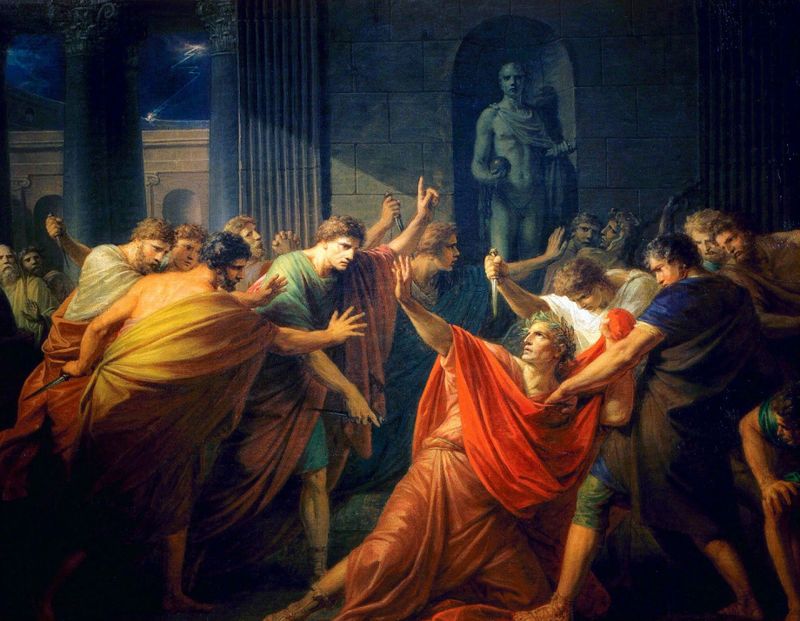
The betrayal of Julius Caesar by his friend Brutus is one of history’s most famous. Caesar’s assassination in 44 BC was the result of a conspiracy led by Brutus and other senators.
This act not only ended Caesar’s life but also symbolized the ultimate betrayal of trust and friendship. Brutus, known for his moral integrity, was torn between his loyalty to Caesar and his duty to Rome.
The famous line “Et tu, Brute?” captures the shock and poignancy of this betrayal, making it a timeless story told through plays, books, and films.
Benedict Arnold’s Treason
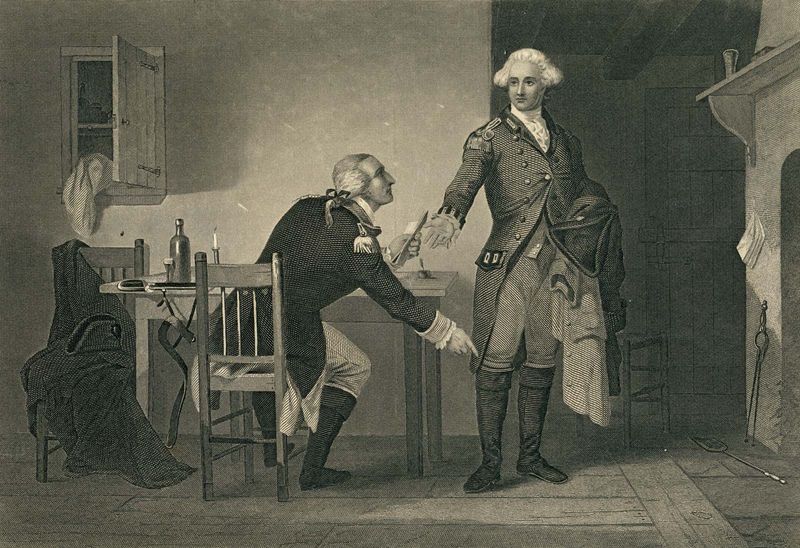
Benedict Arnold’s name has become synonymous with treason in American history. Once a celebrated general in the Continental Army, Arnold’s decision to defect to the British during the Revolutionary War shocked the nation.
His betrayal involved plans to surrender the fort at West Point, a strategic position, to the British. Arnold’s motivations were complex, involving personal grievances, financial troubles, and a feeling of being undervalued.
Despite his contributions to the American cause, Arnold’s legacy is forever tarnished by his act of treason, making him a cautionary tale of ambition and loyalty gone awry.
Ephialtes and the Battle of Thermopylae
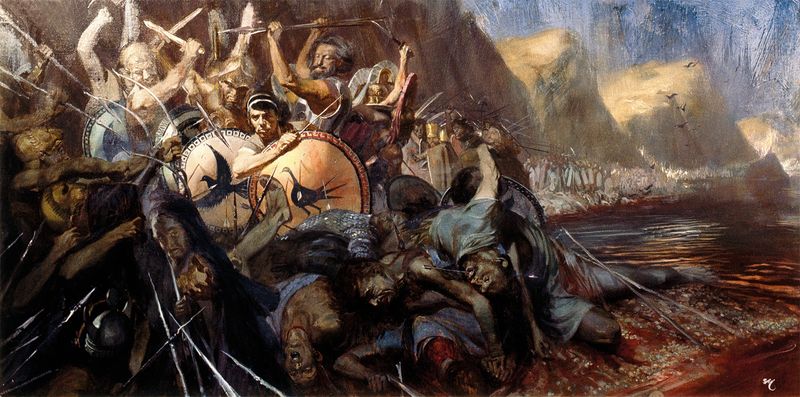
In the Battle of Thermopylae, Ephialtes’ betrayal of the Greek forces to the Persians changed the course of history. By revealing a secret pass, he allowed the Persian army to outflank and defeat the Spartans.
While the Spartans’ last stand is celebrated for its heroism, Ephialtes’ name is remembered with disdain. His motives were allegedly driven by personal gain and resentment, casting him as a reviled figure in Greek lore.
This act of treachery emphasizes the impact a single betrayal can have on a nation’s fate, highlighting the fragility of trust in wartime.
Mir Jafar and the Battle of Plassey
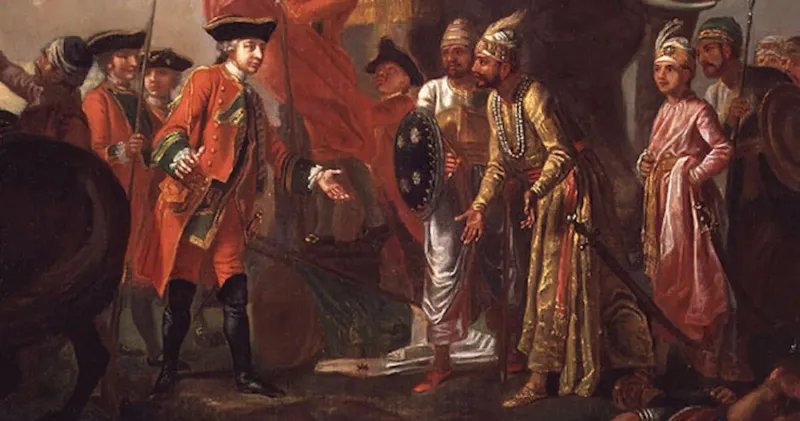
Mir Jafar’s betrayal during the Battle of Plassey in 1757 paved the way for British dominance in India. As a commander in the Nawab of Bengal’s army, Jafar colluded with the British, leading to the Nawab’s defeat.
This strategic treachery marked the beginning of British colonial rule in India, with Jafar later installed as a puppet ruler. His betrayal was motivated by ambitions of power and recognition but ultimately led to his own downfall.
Mir Jafar’s actions are a poignant reminder of how individual ambitions can alter the course of history, impacting millions.
Alfred Redl’s Espionage
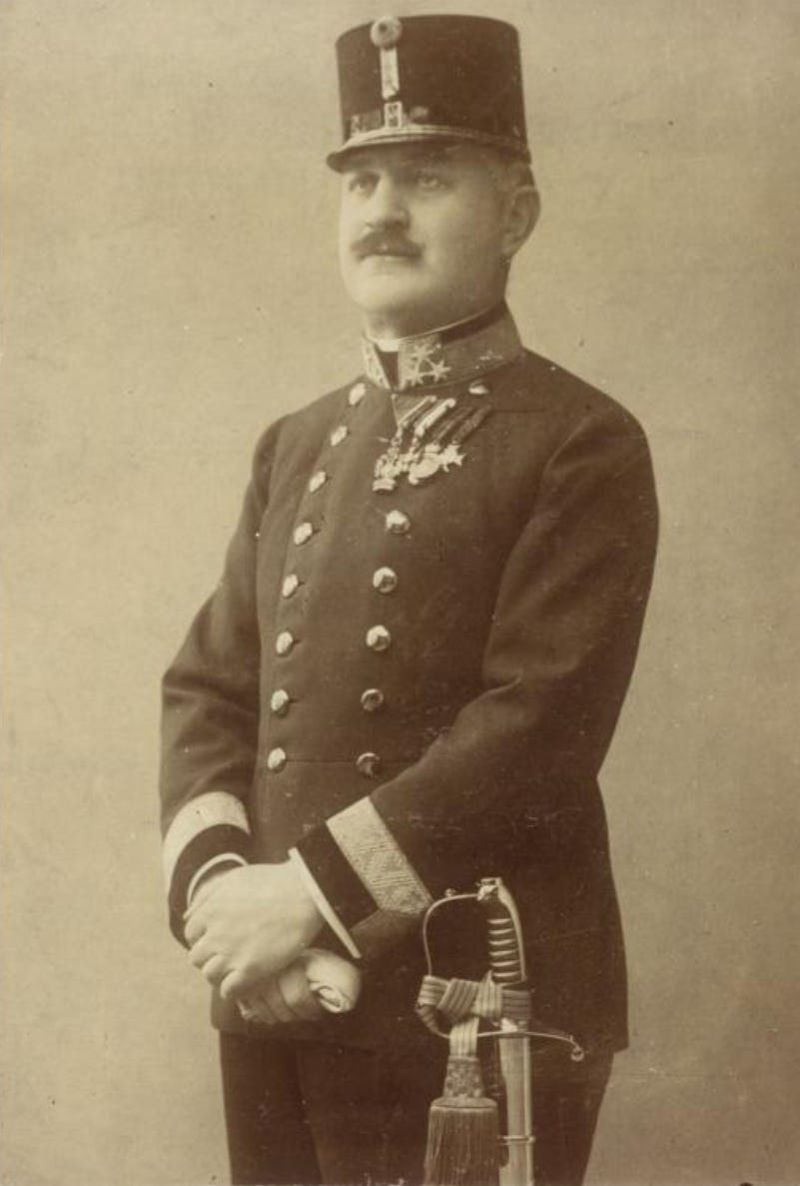
Alfred Redl, an Austrian army officer, is remembered for his espionage activities that compromised national security. During the early 1900s, he sold military secrets to Russia, leveraging his position to access sensitive information.
Redl’s betrayal went unnoticed until a series of operational failures led to suspicion. His exposure shocked the military and the nation, revealing the vulnerabilities from within.
Driven by personal conflicts and financial incentives, Redl’s actions underscore the destructive power of espionage, highlighting the delicate balance of trust and deception in intelligence operations.
Robert Hanssen’s Double Life

Robert Hanssen, an FBI agent, lived a double life as a spy for Russia, conducting espionage over two decades. His betrayal is considered one of the most damaging in U.S. history.
By leaking classified information, Hanssen compromised national security and endangered lives. His motivations were complex, involving financial gain and personal grievances.
The eventual discovery of his activities shocked the intelligence community, prompting reforms in national security protocols. Hanssen’s story is a stark reminder of the potential for betrayal within trusted institutions and the lasting impact of espionage.
Vidkun Quisling’s Collaboration with Nazis
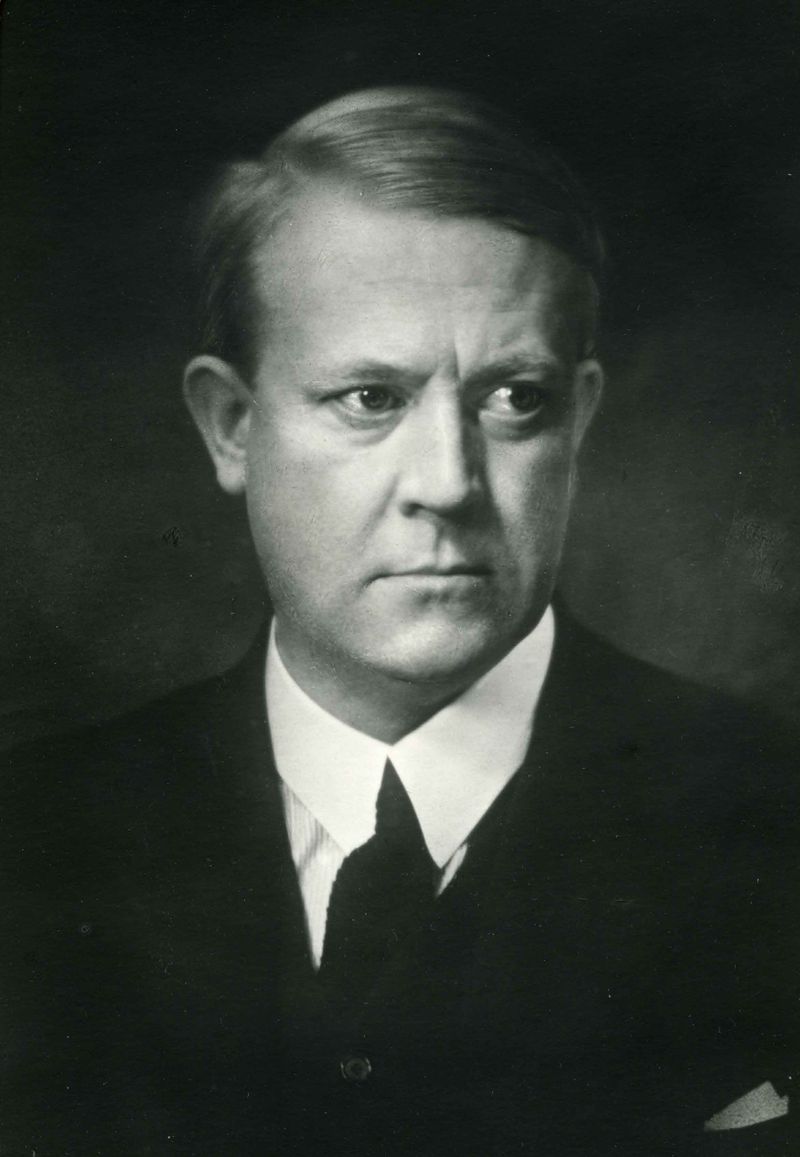
Vidkun Quisling’s collaboration with Nazi Germany during World War II has rendered his name synonymous with traitor. As a Norwegian politician, he led a coup that facilitated the German occupation of Norway.
Quisling’s actions were driven by ideological alignment and the desire for power. His regime was marked by oppression and subservience to Nazi interests.
After the war, Quisling was tried and executed for his collaboration, serving as a historical example of political betrayal. His story reflects the dangers of ideological extremism and the personal consequences of betrayal.
Wang Jingwei’s Defection to Japan

Wang Jingwei’s defection to Japan during World War II shocked China. Once a prominent political leader, he chose to collaborate with Japanese occupiers, leading a puppet regime.
His decision was motivated by political disillusionment and a misguided belief in diplomacy. However, his actions were seen as a betrayal of national interests and ideals.
Wang’s legacy is a complex one, reflecting the tensions between collaboration and resistance. His story serves as a reminder of the fine line between pragmatism and betrayal in times of conflict.
The Dreyfus Affair
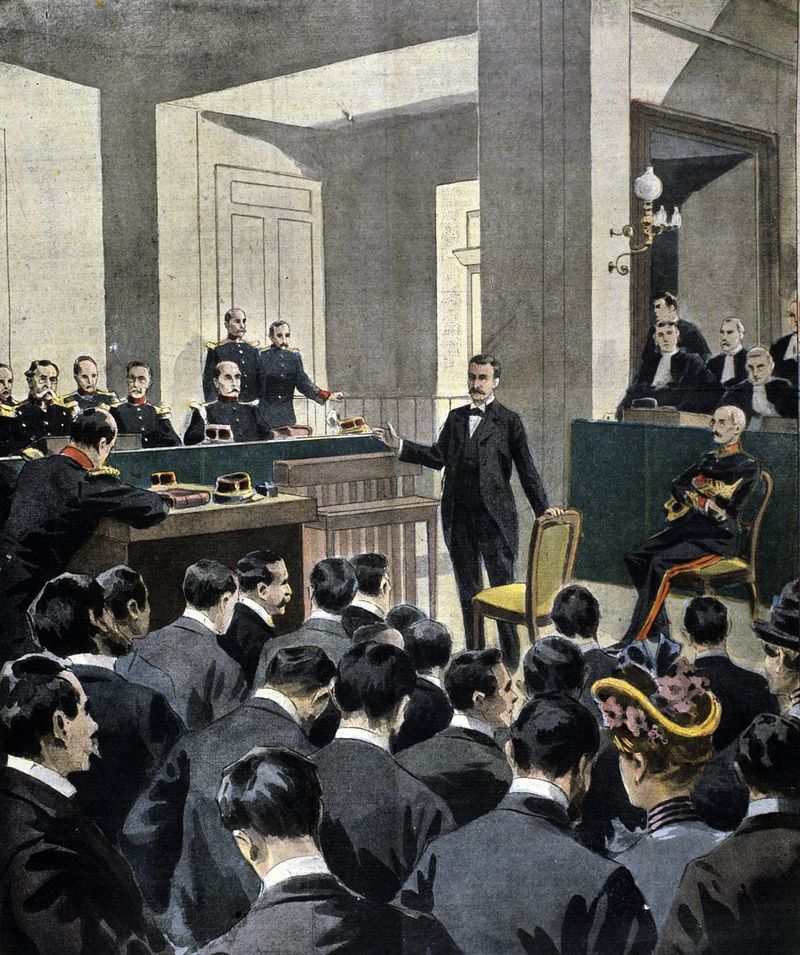
The Dreyfus Affair, a political scandal in France, involved the wrongful conviction of Alfred Dreyfus for treason in 1894. Dreyfus, a Jewish army officer, was accused of passing military secrets to Germany.
The case became a focal point for antisemitism and political intrigue, with evidence later revealing a major cover-up. Dreyfus’ ultimate exoneration exposed deep societal divisions and led to significant reforms.
His story highlights the perils of prejudice and injustice, reminding us of the importance of vigilance in safeguarding individual rights against systemic betrayal.
The Great Emu War

Although called a ‘war,’ the Great Emu War was more of a bizarre conflict between humans and emus in Australia during 1932. Farmers, frustrated by emus destroying crops, enlisted military assistance.
The emus proved to be surprisingly resilient, and the campaign ended in failure, with the emus largely unharmed. Despite its comical nature, the event highlighted tensions between agriculture and wildlife.
This ‘war’ serves as a reminder of the challenges in balancing human interests with nature, and the unintended consequences of taking drastic measures.
Guy Fawkes and the Gunpowder Plot
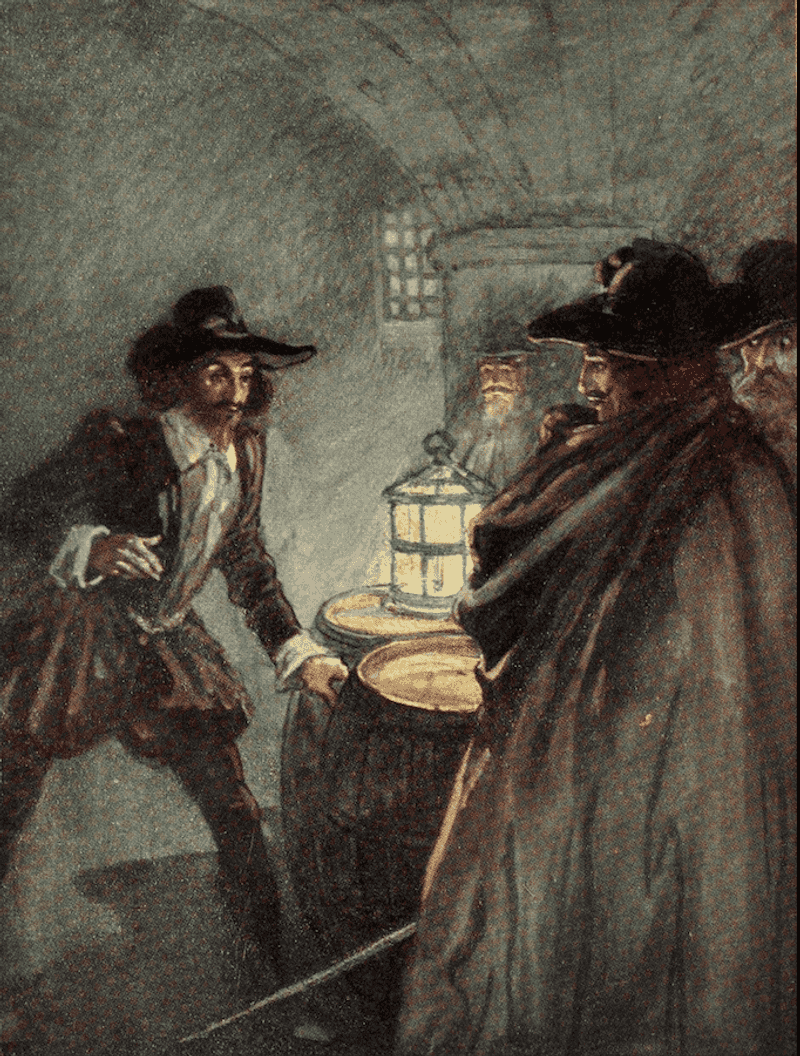
Guy Fawkes’ involvement in the Gunpowder Plot of 1605 remains infamous in British history. The plot aimed to blow up the Houses of Parliament and assassinate King James I.
Fawkes’ capture and subsequent execution turned him into a symbol of rebellion and treachery. Although the plot failed, it led to increased persecution of Catholics in England.
Today, Fawkes is remembered through the annual Bonfire Night, a celebration marked by fireworks and effigies, reflecting on the enduring legacy of his audacious betrayal.
Richard III and the Princes in the Tower

The mystery surrounding Richard III and the disappearance of his nephews, the Princes in the Tower, continues to captivate historians. The young princes vanished while under Richard’s protection, leading to suspicions of foul play.
Richard’s ascent to the throne was marred by accusations of betrayal and murder, though evidence remains circumstantial. This period of English history is characterized by intrigue and political maneuvering.
The story of the princes is a tragic tale of ambition and power, reflecting the harsh realities of medieval succession disputes.
The Rosenberg Espionage Case
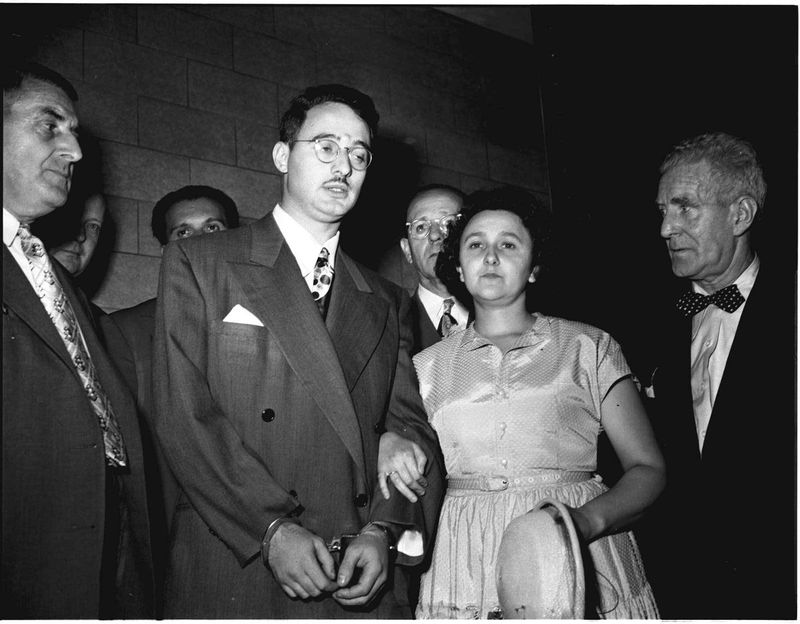
Julius and Ethel Rosenberg’s trial and execution for espionage in 1953 remains a controversial chapter in Cold War history. Accused of passing atomic secrets to the Soviet Union, their case divided public opinion.
The couple’s conviction and execution were seen by some as a miscarriage of justice fueled by anti-communist sentiment, while others viewed it as a justified punishment for treason.
The Rosenberg case continues to evoke debates about justice, national security, and the impact of fear-driven policies during times of geopolitical tension.
The Amistad Revolt

The revolt aboard the Amistad in 1839 was a significant moment in the fight against slavery. Led by Sengbe Pieh, the captives seized control of the ship, seeking freedom from their captors.
The revolt led to a legal battle in the U.S., eventually resulting in the captives’ release. The Amistad case galvanized abolitionist movements and highlighted the inhumanity of the slave trade.
This event is a testament to the resilience and courage of those who fought against oppression, leaving a lasting impact on the struggle for human rights.
Elizabeth Proctor and the Salem Trials
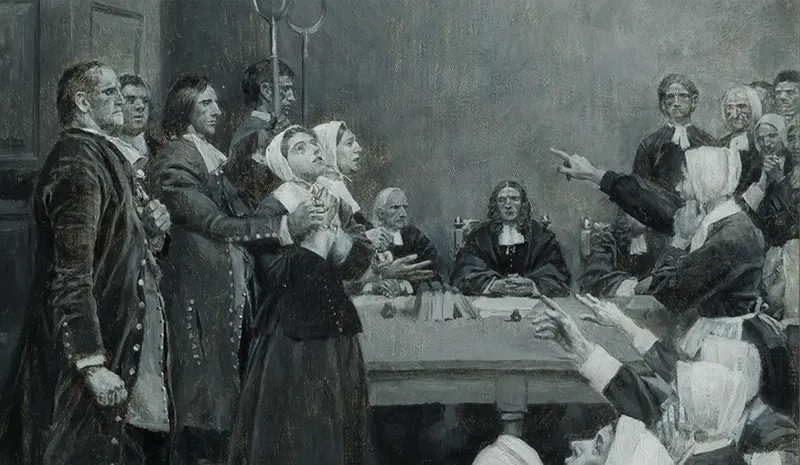
Elizabeth Proctor’s ordeal during the Salem witch trials reflects the hysteria and betrayal of the period. Accused of witchcraft in 1692, she faced imprisonment and societal condemnation.
Her trial exemplifies the dangers of mass hysteria and the betrayal of justice through fear and superstition. Ultimately, Elizabeth was released, but the trials left a scar on the community.
Her story is a reminder of the fragility of truth in the face of fear, and the enduring lessons of tolerance and justice in times of crisis.
Hawley Harvey Crippen’s Crime
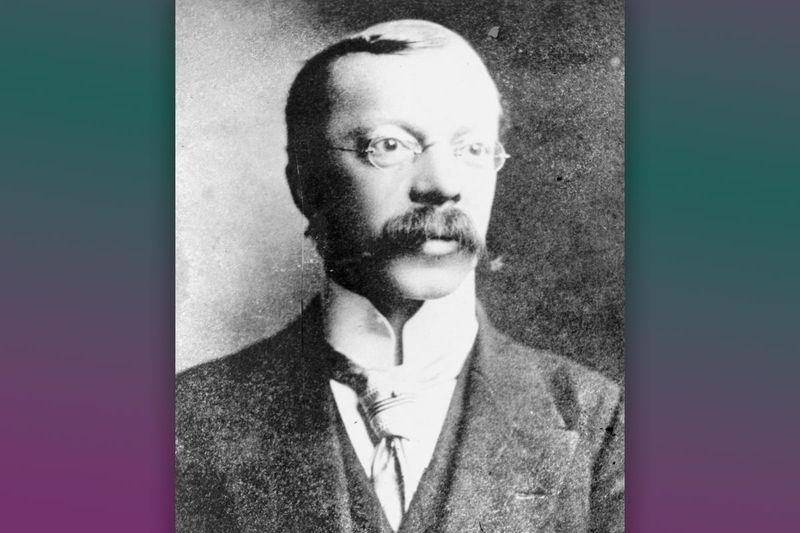
The case of Dr. Hawley Harvey Crippen, a mild-mannered physician, shocked Edwardian England. In 1910, he was convicted of murdering his wife and attempting to flee justice.
Crippen’s calm demeanor and calculated deception fascinated the public, making his trial a media sensation. His capture was notable for being the first use of wireless telegraphy in criminal investigation.
The Crippen case remains a classic tale of betrayal and deceit, highlighting the often-hidden darkness within seemingly ordinary lives.
The Affair of the Poisons
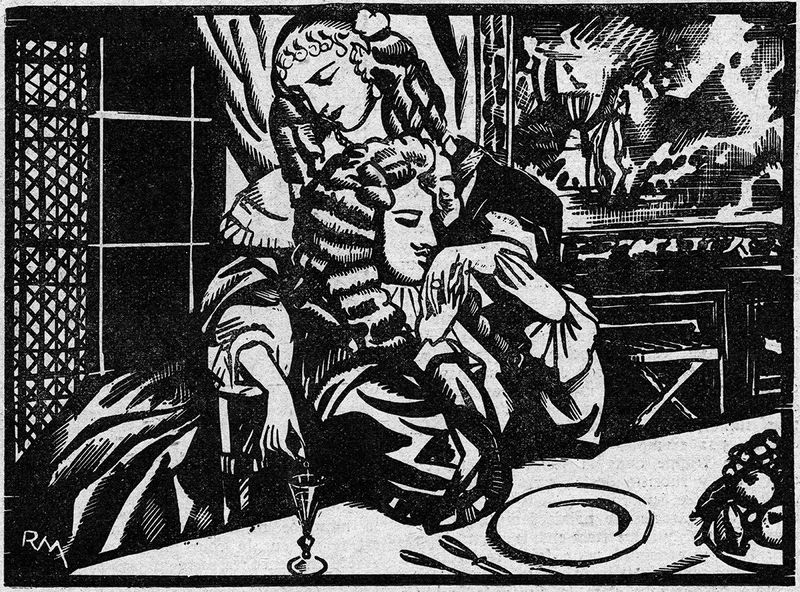
The Affair of the Poisons was a scandal that rocked the court of Louis XIV in the late 17th century. Involving allegations of poisonings and witchcraft, the affair exposed the dark underbelly of court life.
Madame de Montespan, the king’s mistress, was implicated, leading to a series of sensational trials. The scandal revealed the extent of intrigue and betrayal among the French aristocracy.
The affair underscores the dangerous interplay of power, ambition, and treachery, serving as a cautionary tale of excess and moral decay.
Rosenstrasse Protest
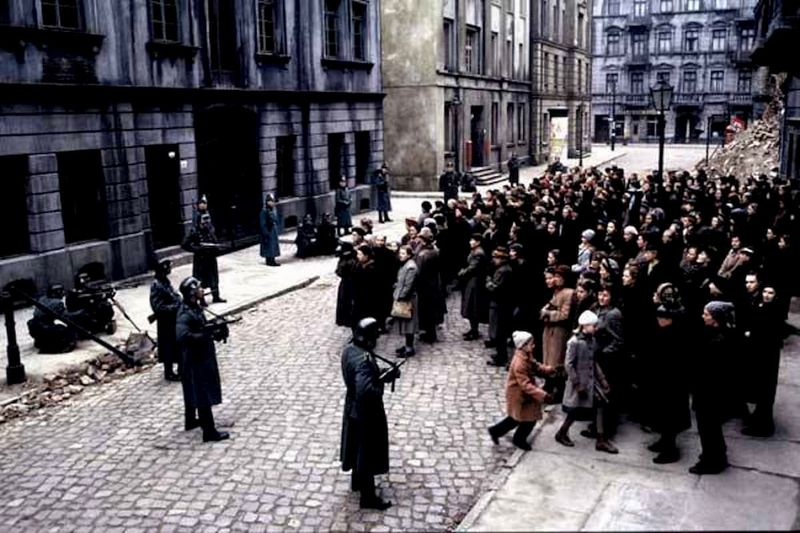
The Rosenstrasse protest in 1943 was a remarkable act of defiance against Nazi oppression. Led by German women, the protest aimed to free their Jewish husbands from deportation.
Their courage and persistence in the face of armed guards resulted in the release of the detained men, making it a rare instance of successful civilian resistance during the Holocaust.
The protest symbolizes the power of solidarity and love, challenging the narrative of passive acquiescence during the Nazi regime, and inspiring future movements for justice.
